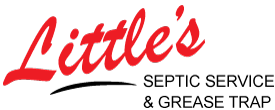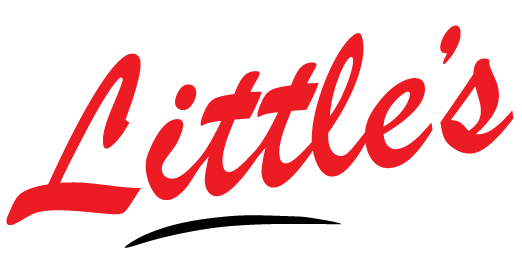
Properly maintained, your septic system treats your household wastewater (everything that goes down a drain or toilet) and keeps you from having to worry too much about what happens to it after it leaves the structure.
Pipes carry sewage and wastewater from your home into a septic holding tank. There, gravity and biology do their thing — solids sink to the bottom and fats, oils and greases (FOGs) rise to the top. Those form what is known as the layer of sludge on the bottom and scum on the top. In between is a layer called effluent, where bacteria work to break down the solids at the bottom of the tank. Some systems introduce another element known as an aerator, which can aid some types of bacteria in this process.
Effluent, which is somewhat clear, will flow to the drainfield, where it continues through a system of underground perforated pipes that is designed to cleanse the water of anything you wouldn’t want in your water table.
The bacteria that break down these solids are specific and healthy — not unlike probiotics — and must be protected from anything that could radically change the balance of bacteria in your system. Flushing or draining certain chemicals or materials can harm your septic system’s healthy bacteria, so it’s important to know what can and can’t go down the drain.
Easy tips for caring for your septic system
- Don’t flush the bad stuff. Ever. More on that here. The reason is threefold: unapproved flushed items might cause a clog, which provides a less-than-super-fun series of problems; they do not break down nearly as easily as toilet paper, if at all, in your septic tank, which adds to the sludge at the bottom and limits the amount of wastewater the tank can hold; and unapproved items might affect the bacterial balance.
- Don’t flush harsh chemicals or additives. Cleaning supplies intended to kill bacteria will do exactly that. In your home, that’s probably a plus, but they’ll also kill or harm the “good” bacteria that break down the solids in your tank, and that will cause dramatic and negative problems with your system.
- Protect the drainfield. That requires first knowing what and where your drainfield is, which Little’s Septic can help you with as part of an inspection if you don’t already know. This is likely to be an open spot in your yard, the natural inclination of which is to find a way to use. But your drainfield is intricate and can be severely damaged by vehicles driving over top of it, as well as digging in a landscaping process or even certain plants. Also, using too much water will overwhelm your drainfield.
- Conserve water. This is a good idea anyway if you like your water bill to be manageable and the planet’s long-term sustainability, but beyond that, your septic system has a capacity for wastewater far more limited than a public sewer. So best practices require limiting and staggering long showers, laundry, dishwasher usage, etc. Otherwise, you could easily overwhelm your system and send solids from the septic tank to parts of your septic system where they don’t belong and can cause grave damage.
We are happy any time to answer any questions about your septic system and how to care for it!

